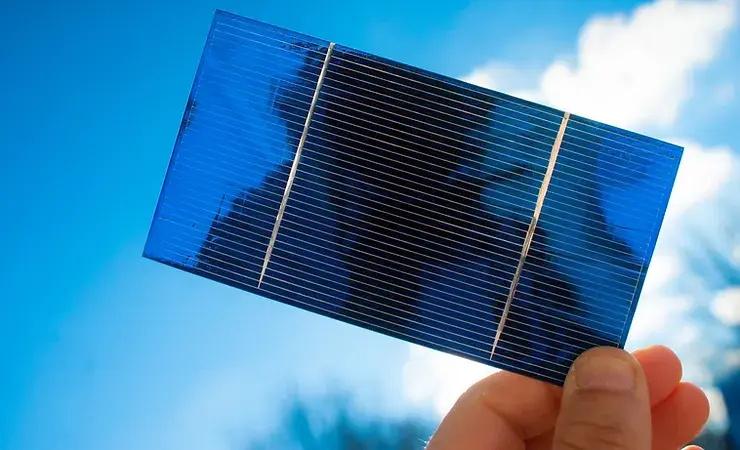Researchers at Martin Luther University Halle-Wittenberg (MLU) have discovered a new method to increase the efficiency of solar cells by a factor of 1,000. The team of scientists achieved this breakthrough by creating crystalline layers of barium titanate, strontium titanate, and calcium titanate, which were alternately placed on top of one another in a lattice structure.



The press release is from 2021
https://pressemitteilungen.pr.uni-halle.de/index.php?modus=pmanzeige&pm_id=5272
Silence since then.
Link to the study:
https://www.science.org/doi/10.1126/sciadv.abe4206
Edit: I skimmed through the study and their premise is to combine 3 crystals and break the linearity of the cristals to get a better response and better responsivity over the whole bandwidth of the light spectrum. It seems to be stable at a wide range of temperatures.
Issue is, they broke (or combined ?) the cristals with a microscopic needle but that isn’t feasible for mass adoption, so they speculate that some rust process might be the best approach to try.
I’m no scientist and it’s likely very false what I stated, but I think the premise is that we need to find ways to create panels with broken up cristals to give them more power.
Thanks for catching that. Unfortunately seems fairly common with a lot of these projects for “new” technologies ,sometimes due to funding.